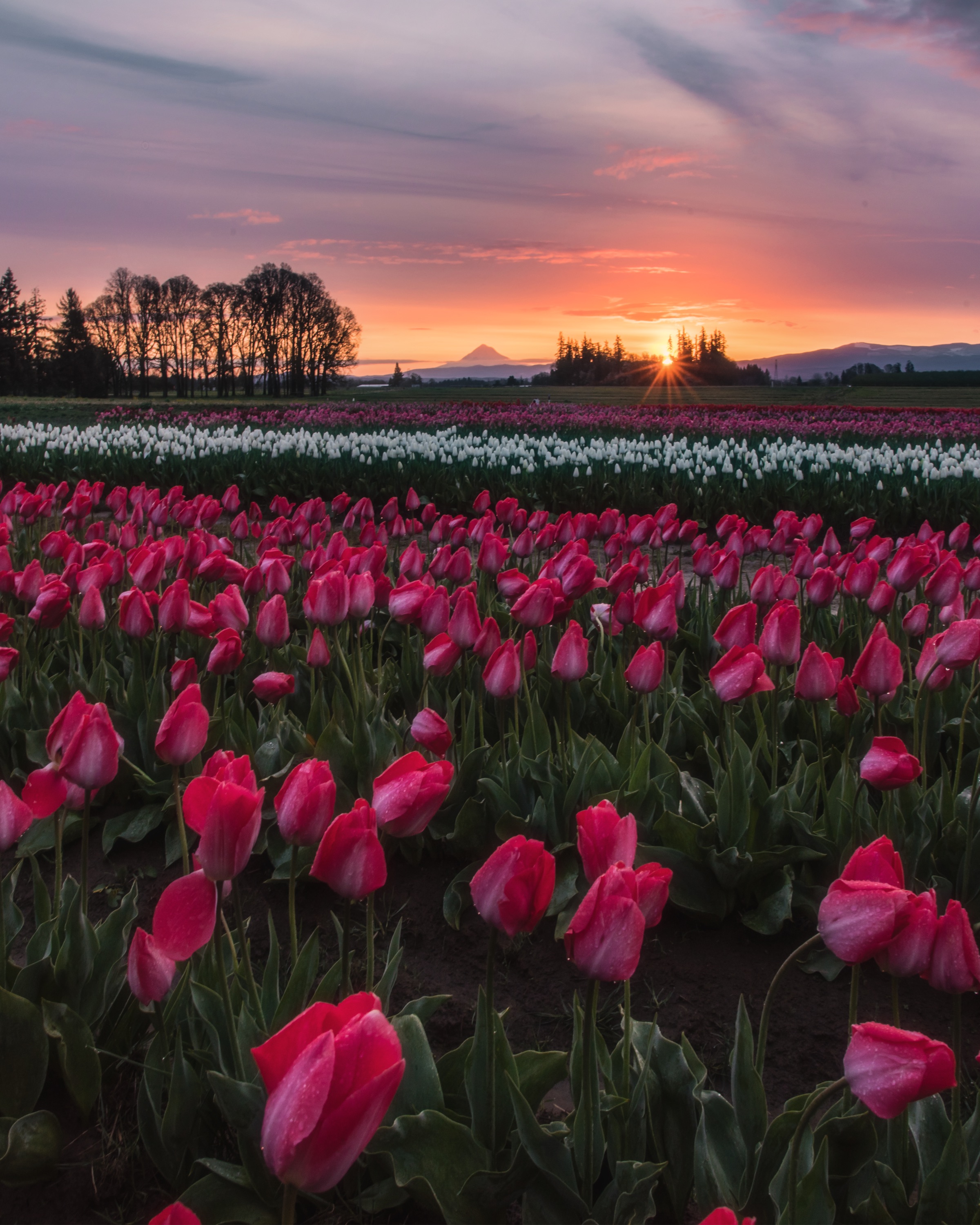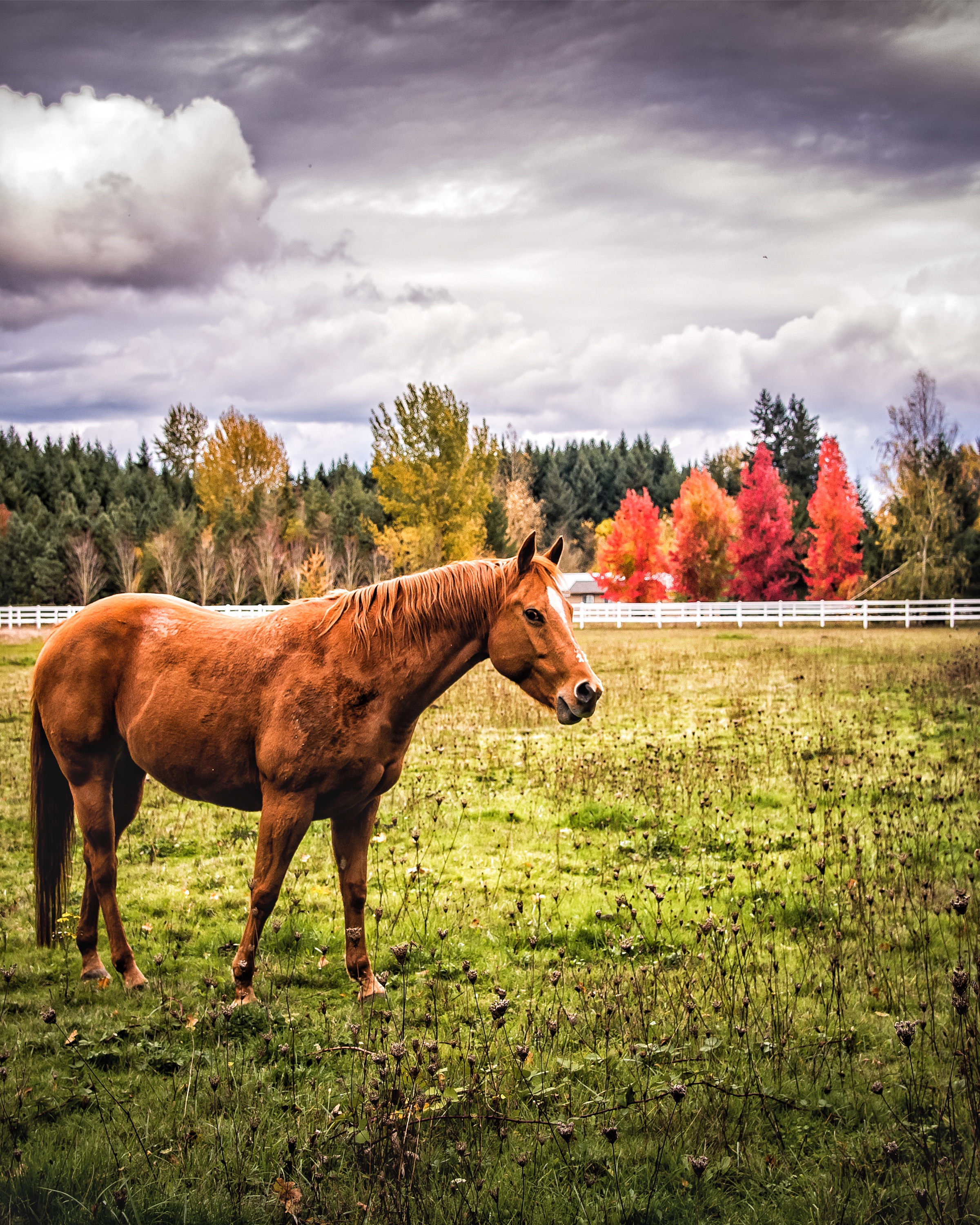
We interview a lot of dope photographers, and we always ask them to explain how to better capture images that impress and inspire. They’ve all given some awesome advice, but we haven’t yet tailored an interview for people who are just starting out. And, this is super important because early fears and initial, unanswered questions often cause people to stop shooting before they realize their talent. With a little early guidance, that doesn’t have to happen.
To get the information a person starting out with photography needs, we reached out to Joseph Watrous, who was brought to our attention by his inclusion in the #Nikon100, a list of exceptional photographers on Instagram.
Not that long ago, he was a beginner himself, snapping pics of fruits and yerba mate bottles while he worked late nights in the warehouse of an organic produce delivery service. Through Instagram, he became familiar with awesome photographers all over the world and was inspired to up his shutter game. He started with a lot of shots of the moon before moving onto the city images that brought him a following, and now, it’s all the great outdoors.
“For me, Mother Nature is the true artist,” Watrous says. “I explore scenes for the love of nature itself.”
The photographer spoke with us on a break from his shooting and teaching schedule recently. He does both one-on-one photography lessons and bigger workshops, so who better to help people starting out? Take a look at his pictures and take in the knowledge he’s dropping to help you get started out as a photographer. It’s both instructional and inspiring, and we dig that.

Get Comfortable With Your Camera

You have to be comfortable with your camera and you have to be comfortable with the settings. That is crucial. That is a big part of it and knowing how to capture a scene. For beginners, the controls are scary. You need to be comfortable in the moment and not get frazzled. Be one with the camera, in a sense, so that you are just capturing the scene in a variety of ways. You have short shutter, long shutter, filters, and things we can do with our creative mind.
For example, there’s your histogram. We’re talking about digital photography at the moment because this is a digital age. With digital cameras, we have a histogram, which is a digital readout that can be shown on most digital cameras, and it shows you the actual digital readout that has been recorded. It lets you know if your highlights are blown out, or there is not enough room in your shadow details, and that you need to adjust your shutter speed a little bit to give a little bit more of your shadows or less of your highlights. That is really the balance of what photography is. There is light and dark. If you go back after you capture an image and you have too much light and you don’t have enough dark, it isn’t that balance. Learning that is very important.
Monday, I was shooting a distant angle at this river in Mt. Hood, and I wanted the water flowing in a certain breadth and was using a certain shutter speed that required filters. I’m standing in the middle of a river, and it’s freezing. But I am not paying attention to this. I am in the moment. I employ the things I know I want. I am using the filters and my shutter speed and all the stuff I know from my experience without getting frazzled. I am just letting it happen and being one with the scene. That is such a huge thing, not letting our instant needs of, “oh, I am cold,” “oh, I am tired,” or “I am hungry,” come first. When you are out on the scene, you are trying to capture it. You are there to be there, capture it, share it with the world, and hopefully, they enjoy it.
There Is An Aperture Sweet Spot
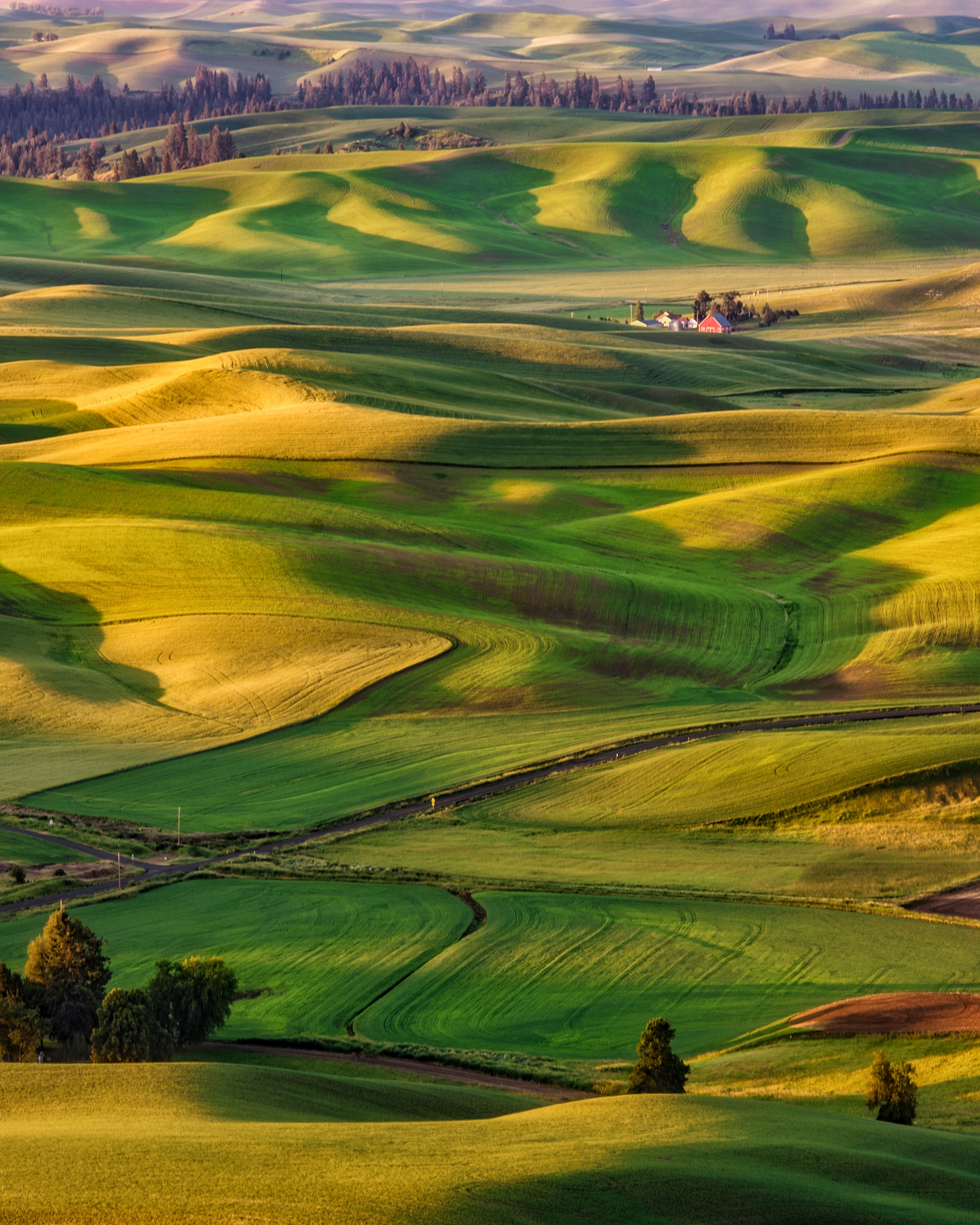
A big thing for a beginning photographer to understand is that every lens they use has a sweet spot for aperture. We want to minimize our choices and our aperture selection. So, if we think about the aperture of our lens, the sweet spot is somewhere between F8 and F11. This gives a much more clear, precise way of capturing a moment. It’s crisp, clear, and uses the best choice of light for the lens. If you have a lens and you use the widest aperture, or if you have a lens and you use the smallest aperture, both of those extremes can be a bit much for too much light or they’re not enough lighting. If you just start at F9 and then you adjust your shutter speed to that setting, it gets you right in that sweet spot of getting optimal clarity and focus. Knowing where to set your aperture, your shutter speed, and your focus are the big three things to know about beginning photography.
Be Out In The World
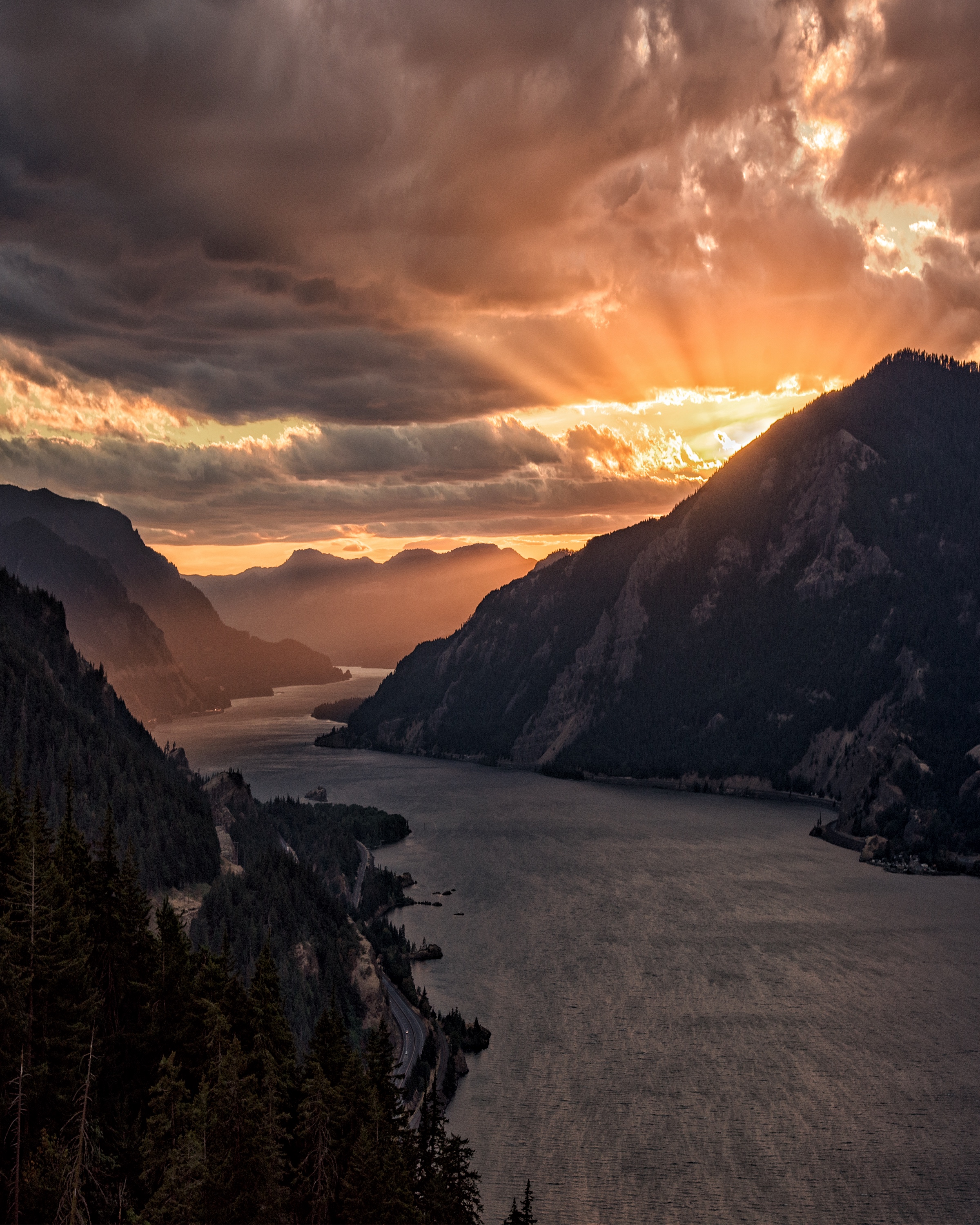
Most of my work comes with scouting and with being out in the fields looking for scenes. You have to just be out there. A lot of people get caught up in the book stuff and the editing. Really you have to be out exploring, witnessing light. If you are not doing that most of the time, you’re not doing what you need to be doing to learn. It’s experience, and that is the way that I look at it. Every time I go out, there is a learning experience and a growing experience with different light because the light is always different.
You always hear people talk about, “Oh, this seems overshot”. Nothing is overshot because it is always different. It is just your take on it at that moment in time. Really, I would be out there if I had the camera or not. I’m there to explore and be in the moment. If a picture happens, then I can capture it, edit it a little bit, and then I can share it with the world. And if people like it, that’s great, but it is all about just being there witnessing the moment, exploring.
Once you have put in all that time on the controls and mastering the camera, and you put yourself at the edge of the Grand Canyon, you know what to do when that happens.
It takes a lot of practice and a lot of patience and I think a lot of time being out there and scouting and understanding weather patterns. There is so much you have to do as a photographer to be there at the right time and it doesn’t matter if you’re any good, if you are not there. You know what I mean? You have to be there, and you have to know what to do at that time when the light is something special.
Be Mindful Of Composition
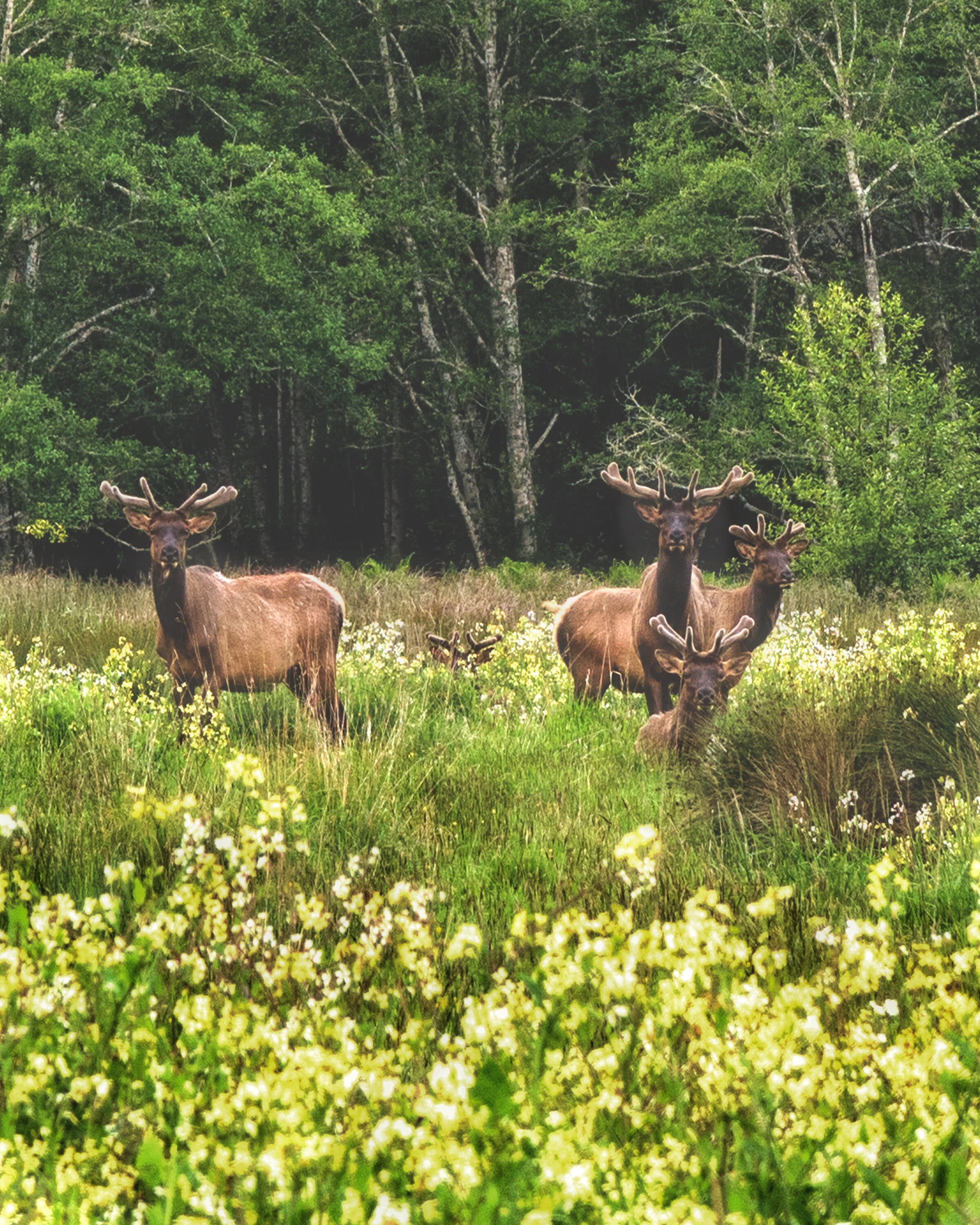
Composition is a huge thing that you need to consider in photography. Finding some sort of leading element seems to be the thing that really does captivate someone and keep them in your scene, in your image, because there are billions of photographers out there. What are you going to do in order to keep someone in your image? That can be using leading lines, pathways. Anything. Fences that lead the eyes to your scene. That is something that I always try to be conscious of: the Rule of Thirds. It is just how the scene gets framed itself when you are there. Sometimes it just frames itself. When you are there, you explore, you witness, you enjoy, and you fully be there. That is the key to what has worked for me.
Find Your Passion

You have to find what speaks to you, whether that is portrait, whether that’s landscape, whether that’s sports. Whatever genre speaks to you, you have to find that voice. Essentially, like any field, it is the 10-thousand-hour rule. You have to put in the time to then be able to be comfortable. I have been on edges of cliffs in southern Oregon. I was in a field of poison oak, and my body does not like poison oak. But I sat there for two hours waiting for the sunset on this very sketchy cliff doing the routine and taking pictures. I was checking my aperture and shutter speed, my histogram, my focus and reviewing my images as I am doing it. Those are the huge things that just become a rote procedure.
The big thing for me is I would be out there if I had the camera or not. I would be on the coast exploring. That’s why we moved out here. I’d be at the mountain because that’s just where my heart calls me to be. The fact that I am able to capture it and share it is a real blessing.
Share On Social Media

Absolutely get on Instagram. It’s getting more difficult with the algorithms that Facebook and Instagram use for people to see your work consistently. It is a little disheartening, and some people get caught up in it. I’m paying attention to it.
But get on social media. Put your photos up there. There are so many different outlets out there. It is not just Instagram. It’s not just Facebook. There is Vero, which is a new one. There are a bunch of them out there. Just put your work out there.



